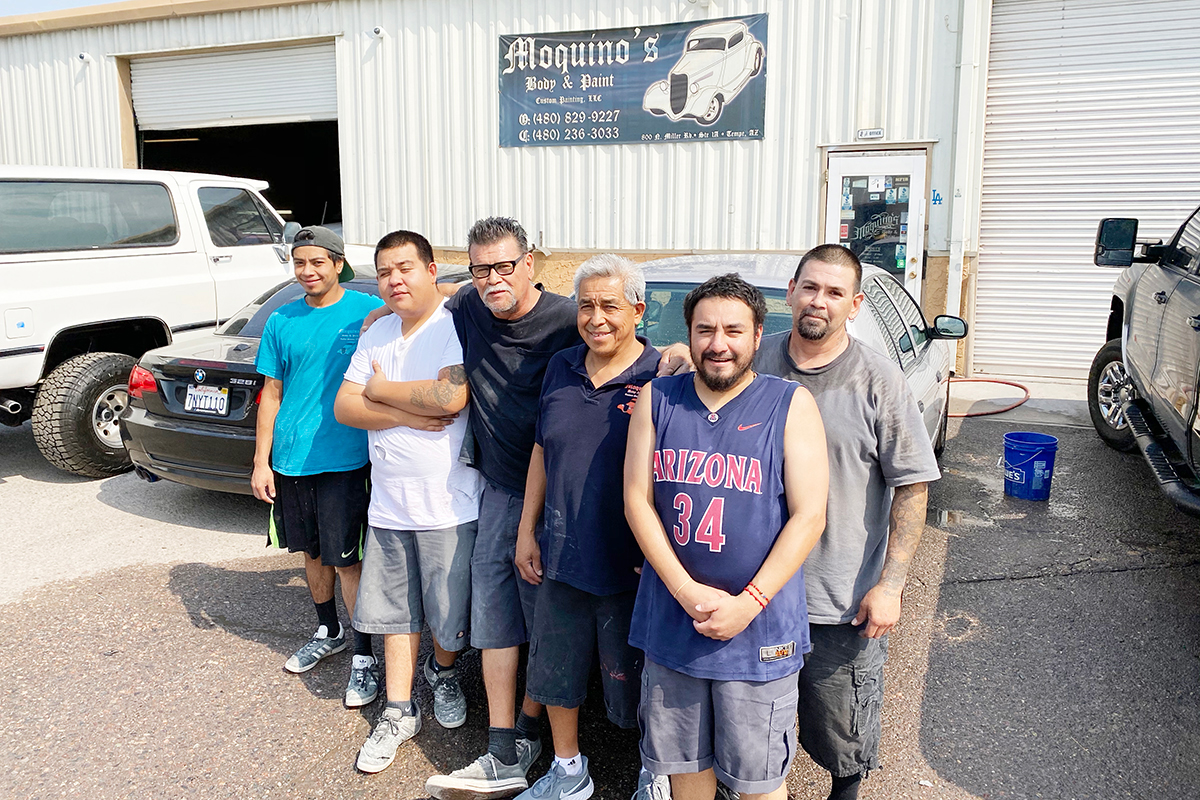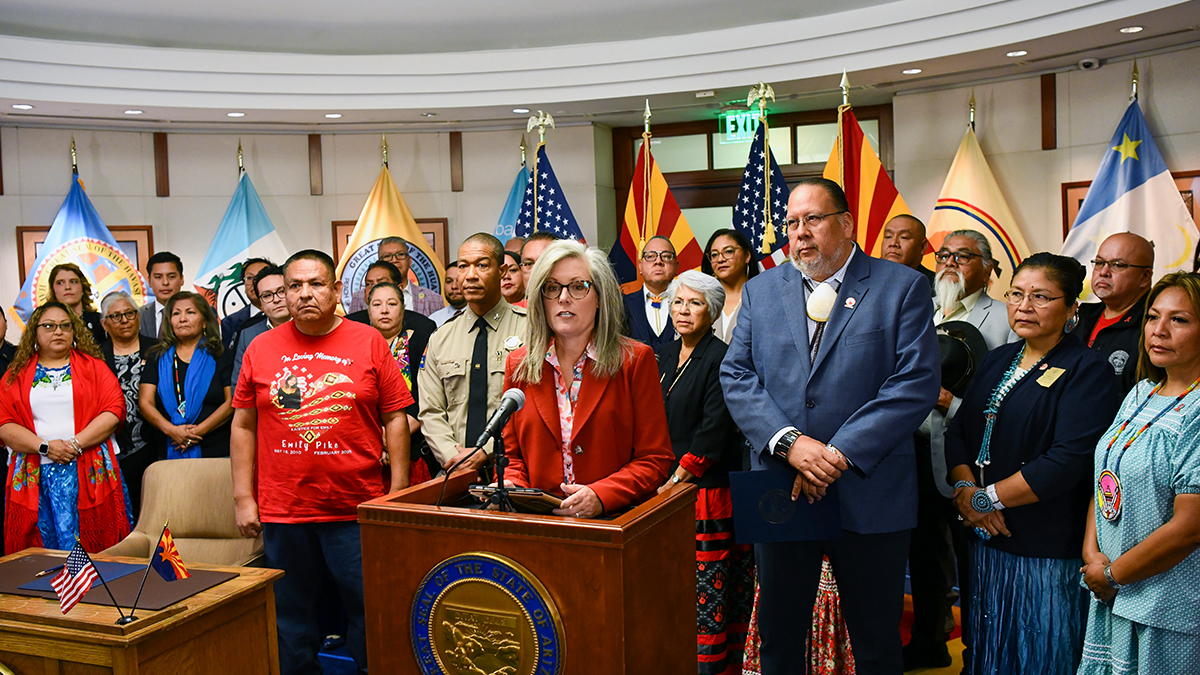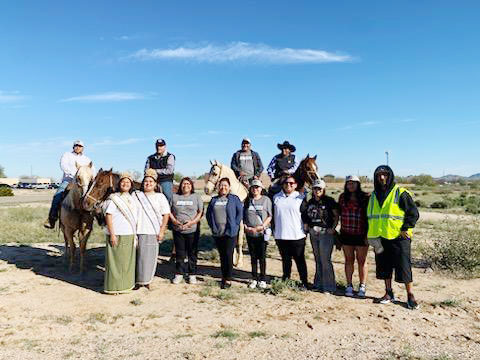VIEWS: 1861
October 2, 2024From Community to Classroom
A one-day bus tour of the Salt River Pima-Maricopa Indian Community (SRPMIC) took place on Saturday, August 17, marking a significant step in fostering stronger ties between Salt River Schools educators and our tribal Community. Organized by Community member Heaven Sepulveda, this initiative brought together 27 volunteers, including SRPMIC members and the dedicated non-Native staff of Salt River Schools, for a day of cultural immersion and connection.
Our young students learn about the O’odham-Piipaash language and culture in the classroom, but it’s just as important that their educators experience the richness of our culture as well. The bus tour, led entirely by SRPMIC members, provided these educators with a unique opportunity to deepen their understanding of the land and families they serve.
The day began at the Round House Café, where the Miss Salt River royalty offered a warm greeting to the participants in the spirit of the hospitality that defines our Community. The air was filled with anticipation as the participants and facilitators ate breakfast burritos together. A prayer by Patsy King, a respected elder and former Salt River Schools educator, set a reflective and respectful tone for the journey ahead.


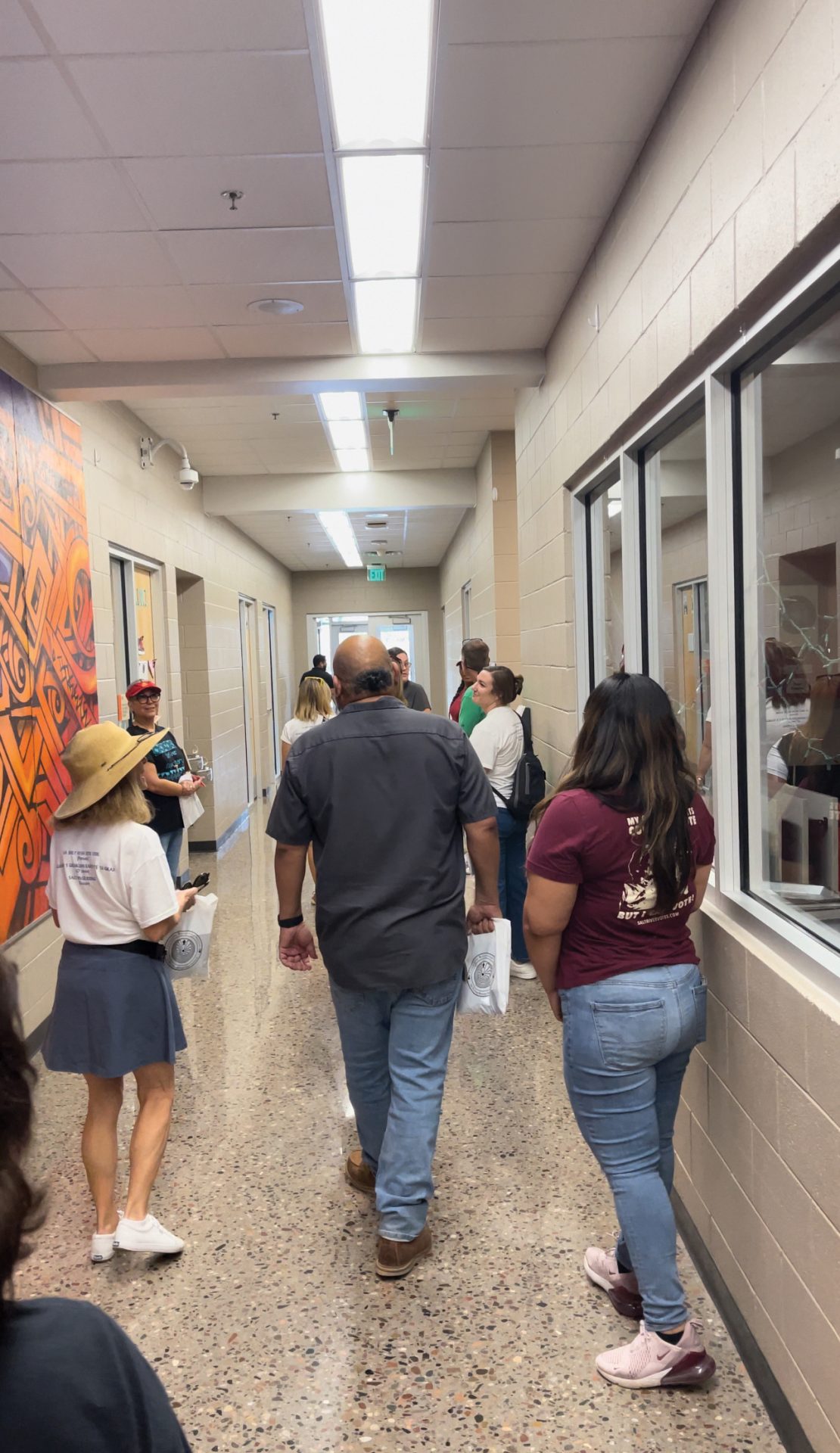
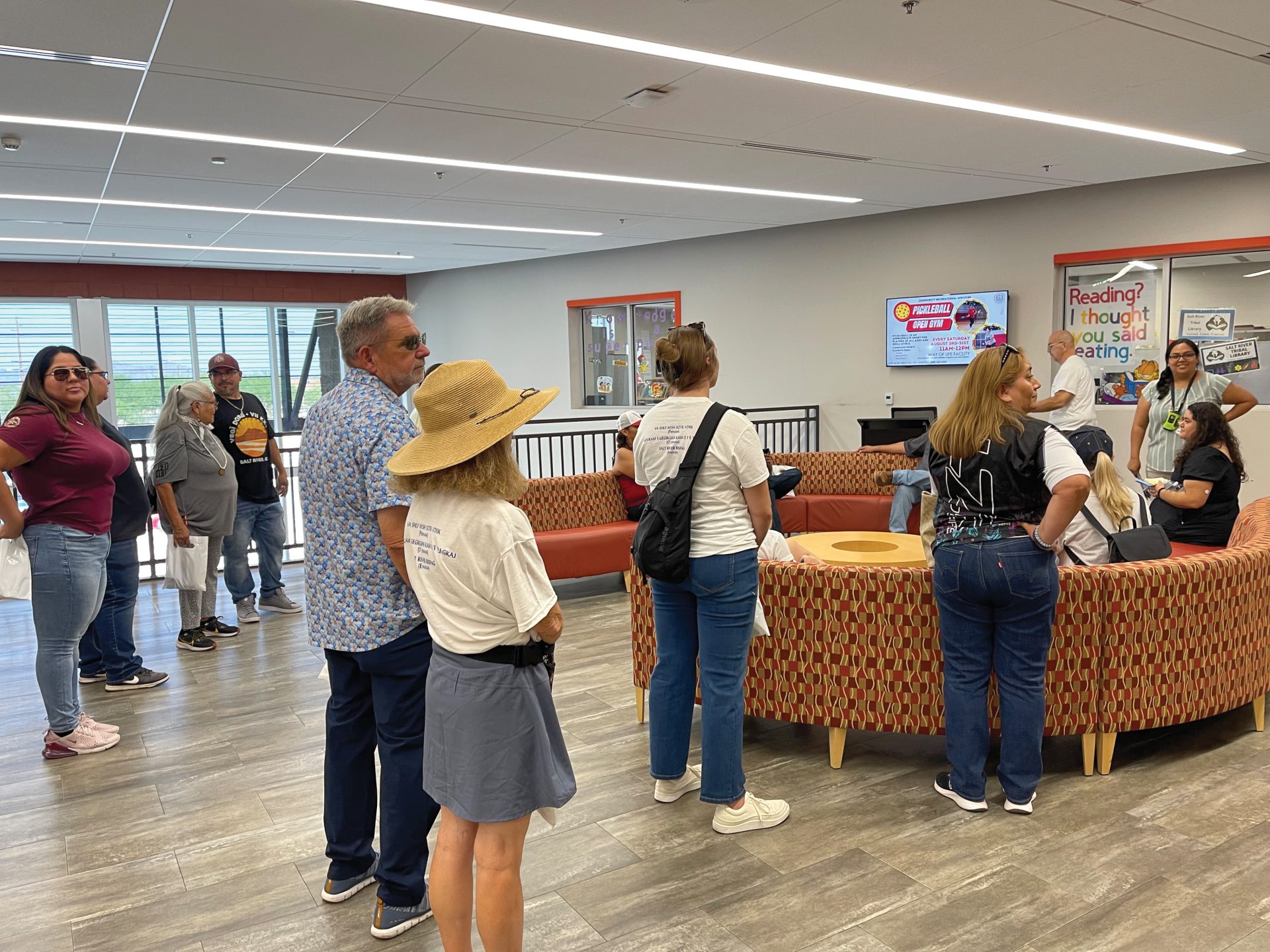

The first stop on the bus tour was the Red Mountain site, which was a powerful experience for many. For several participants, this was their first visit to this sacred area. SRPMIC Cultural Resources Director Kelly Washington shared the deep history and significance of the land, offering a perspective that connected our past to the present.
As the tour continued, visitors explored various aspects of SRPMIC life, from housing developments to the Talking Stick Entertainment District and preserve areas. These stops offered a glimpse into the Community’s complexities as well as opportunities, providing new insights for the Salt River Schools staff. Council members Jacob Butler and Mikah Carlos also shared their knowledge, emphasizing our cultural and Community achievements.
A highlight of the day was a guided tour of the Way of Life Facility (WOLF), where participants learned about the resources available to them as educators and staff of the Community. This included access to the gym and personal training sessions, underscoring the Community’s commitment to holistic well-being not only for Community members, but for employees as well.
An unexpected yet touching moment occurred at the WOLF when the educators encountered a family whose children attend Salt River Schools. For many non-Native staff, this was a rare chance to connect with their students outside of the classroom setting. This encounter highlighted the importance of community involvement in education, leaving a lasting impact on everyone involved.
Lunch at the newly renovated Talking Stick Golf Club provided another moment of connection. Seated family-style, participants engaged in meaningful discussions that strengthened bonds and inspired ideas for future collaboration. Cody Achin from the Cultural Resources Department shared our cultural calendar, encouraging the integration of these resources into the classroom.
The tour concluded at the historic old day school, where participants not only reflected on its rich history but also experienced a glimpse of the promising future of education with the new cultural grounds that will be available to Salt River Schools.
This bus tour was more than just a day out; it was a profound journey into the heart of our Community. The success of the tour was rooted in the spirit of Indigenous relationality—our deep commitment to working together, respecting one another and nurturing the relationships that bind us. It was a collective effort, a testament to the power of community collaboration, and a reminder of the sacred connections we share with each other and the land.


